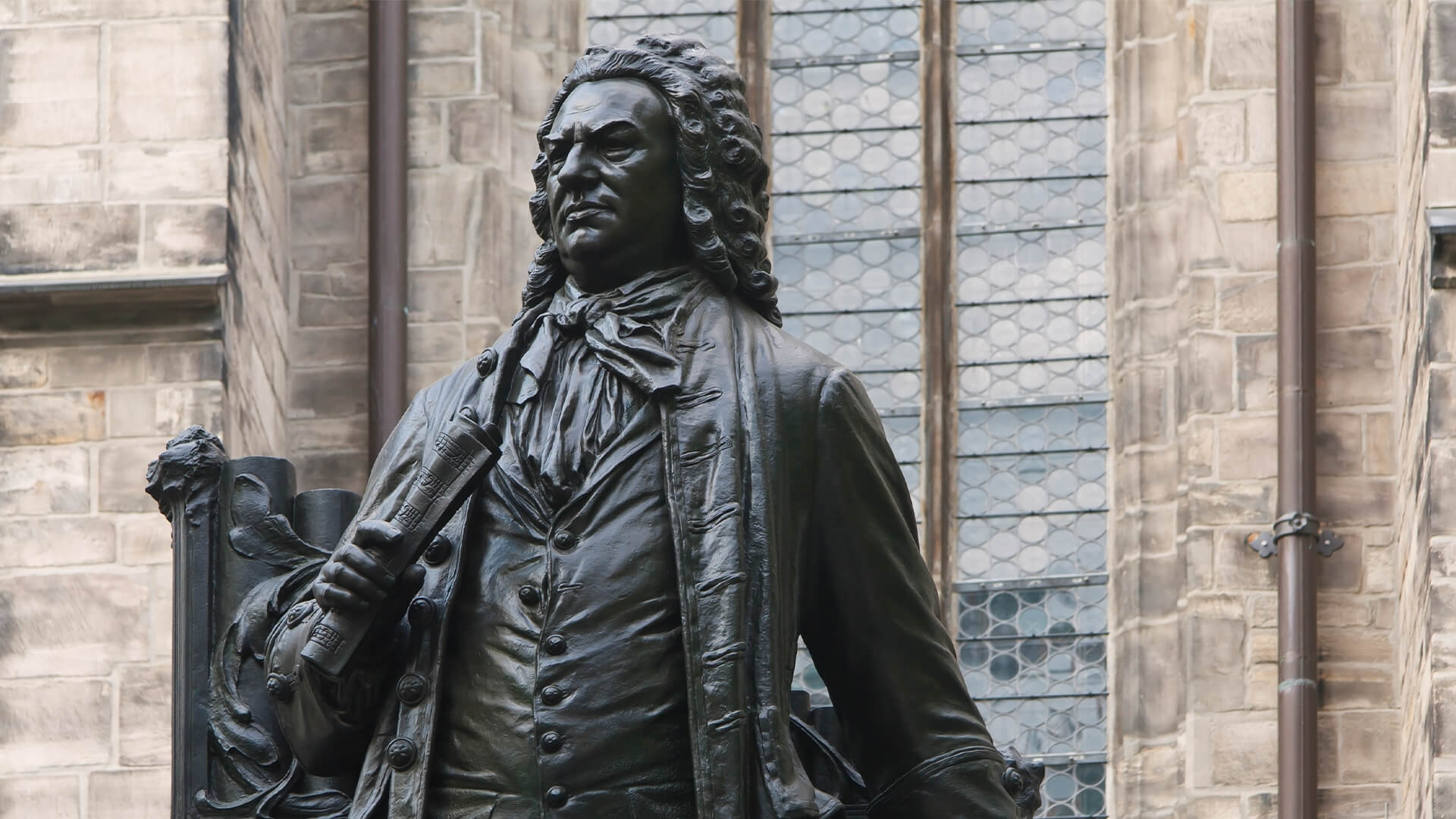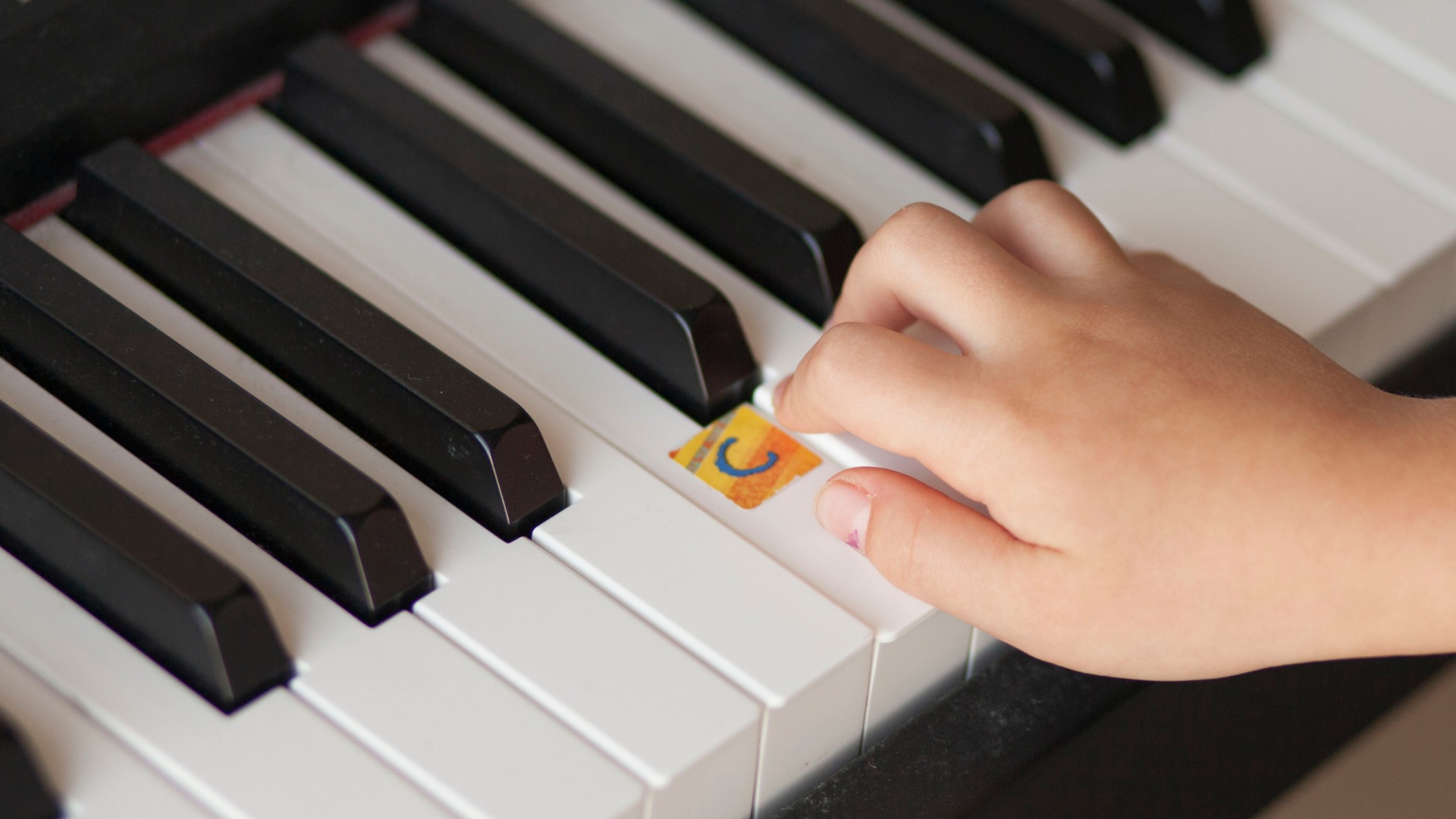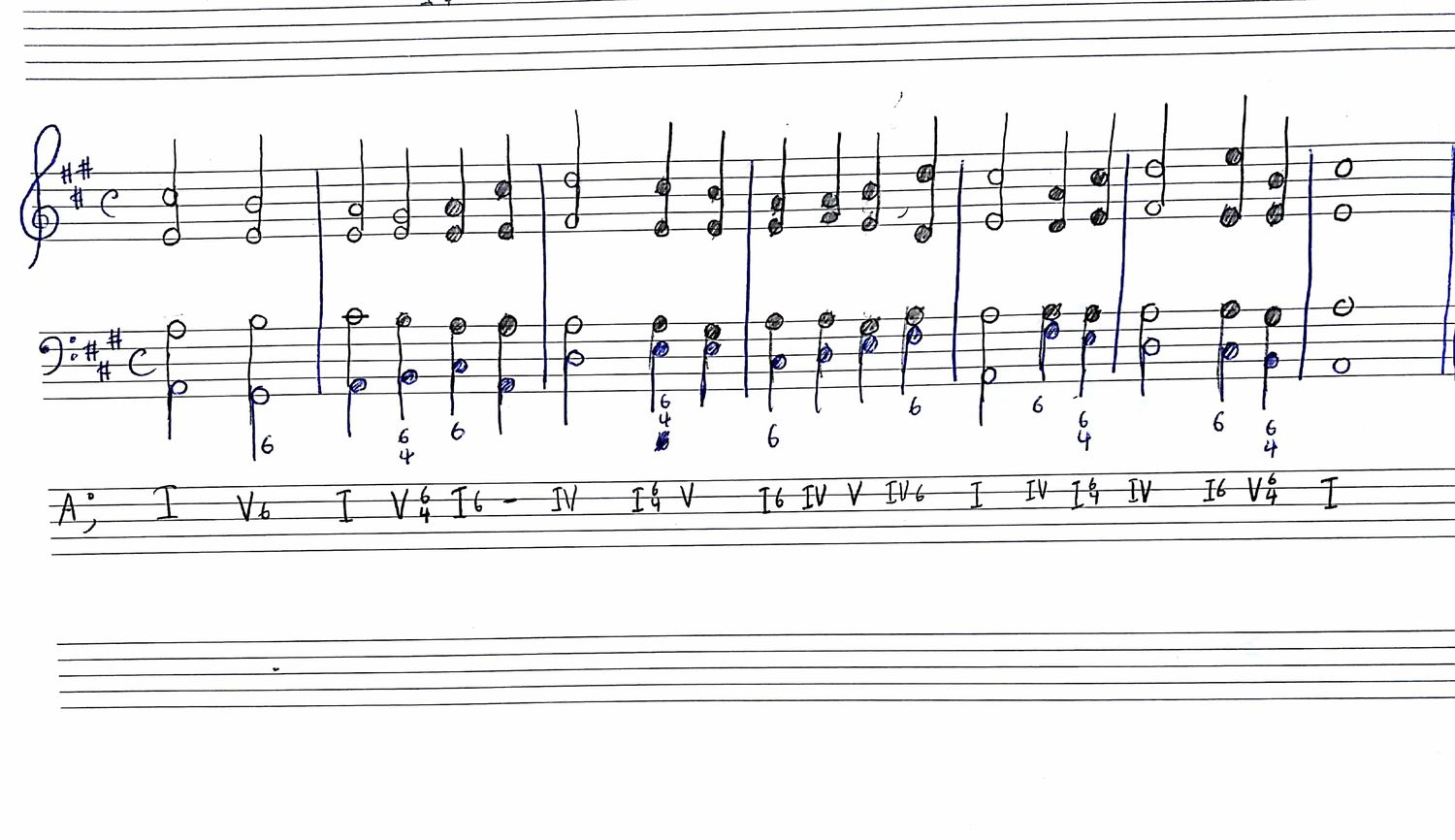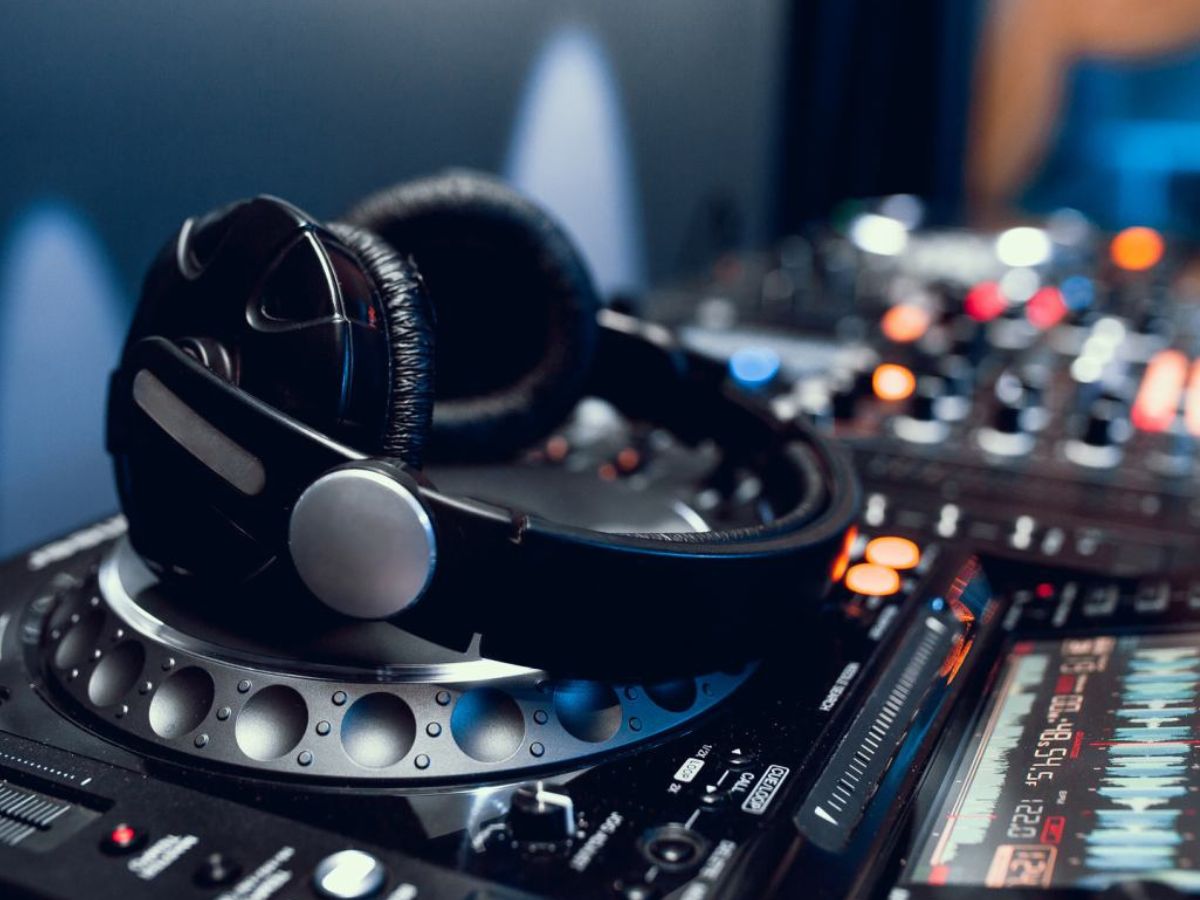Home>Production & Technology>Music Theory>Why Is Piano Important In Music Theory
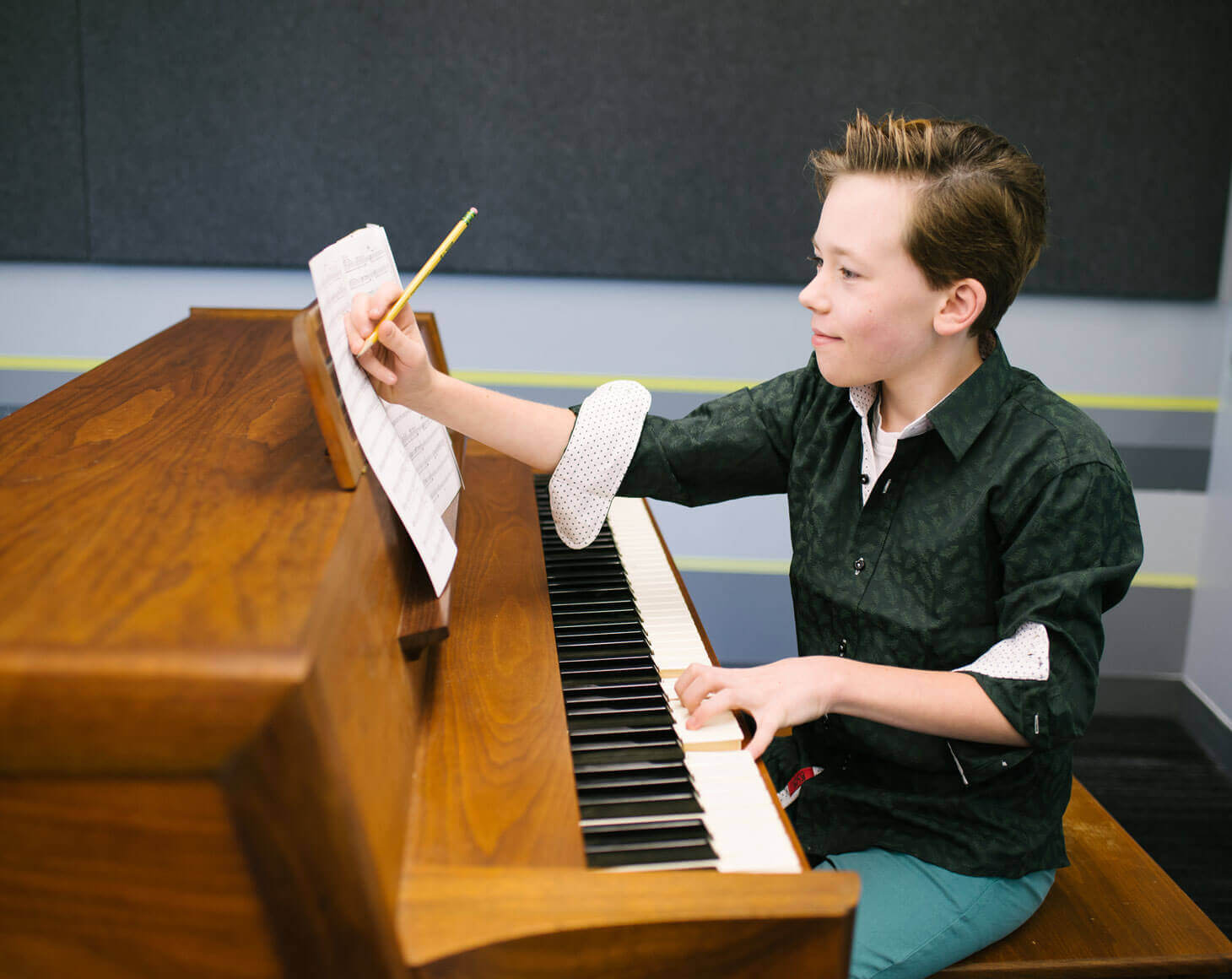

Music Theory
Why Is Piano Important In Music Theory
Published: February 1, 2024
Discover the significance of piano in music theory and explore why it plays a crucial role in understanding the fundamental principles. Uncover the secrets of music theory with expert guidance.
(Many of the links in this article redirect to a specific reviewed product. Your purchase of these products through affiliate links helps to generate commission for AudioLover.com, at no extra cost. Learn more)
Table of Contents
- Introduction
- Understanding the Piano as a Foundation for Music Theory
- The Role of Piano in Developing Musical Skills
- The Importance of Piano in Ear Training
- Piano as a Tool for Composing and Arranging Music
- Enhancing Sight-Reading and Notation Skills through Piano
- The Connection between Piano and Harmonic Analysis
- Exploring Piano Techniques for Music Theory Applications
- Conclusion
Introduction
Music theory serves as the foundation for understanding and appreciating the intricacies of music. It provides us with a framework to analyze, compose, and arrange musical pieces. Within the realm of music theory, the piano plays a crucial role, acting as a versatile instrument that helps us grasp and internalize its concepts.
The piano, with its organized and easily identifiable keys, offers a visual representation of music theory principles. Its structure allows us to visualize music theory concepts such as scales, intervals, chords, and progressions. By gaining proficiency on the piano, musicians can unlock a deeper understanding of melody, harmony, rhythm, and composition.
Not only does the piano serve as a valuable tool for learning and practicing music theory, but it also provides numerous benefits for musicians of all levels. Whether you’re a beginner or an advanced musician, incorporating the piano into your musical journey can greatly enhance your overall musicality and performance.
In this article, we will explore why the piano is important in music theory and how it can aid in the development of essential musical skills. We will delve into its role in ear training, composition, sight-reading, harmonic analysis, and more. By understanding the significance of the piano in music theory, you can harness its power to further your musical journey and enrich your musical experience.
Understanding the Piano as a Foundation for Music Theory
The piano is often referred to as the “king of instruments” due to its versatility and comprehensive layout. It encompasses the entire spectrum of musical pitch and provides a visual representation of music theory concepts. Understanding the piano is key to comprehending music theory principles.
One of the fundamental aspects of music theory is understanding scales. On the piano, scales are visually represented by the sequence of white and black keys. By practicing scales on the piano, musicians can internalize patterns and intervals between notes, which are vital for understanding melodies, harmonies, and chord progressions.
The piano’s keyboard layout also allows for a clear understanding of intervals. The distance between two notes on the keyboard directly corresponds to the interval between them. This visual representation makes it easier to grasp concepts such as perfect fifths, major thirds, and minor sevenths.
Additionally, the piano’s layout makes it an ideal instrument for learning and applying chord theory. Chords, which are formed by combining specific notes, can be easily visualized and played on the piano. Aspiring musicians can experiment with different chord voicings, inversions, and progressions, enabling them to develop a solid foundation in harmony and chord construction.
Moreover, the piano’s capability for polyphony, or playing multiple notes simultaneously, allows musicians to understand and explore the intricacies of counterpoint. By practicing contrapuntal compositions on the piano, musicians can develop an intuitive understanding of voice leading and the interplay between multiple melodic lines.
By understanding the piano as a foundation for music theory, musicians can unlock a wealth of knowledge and skills. The piano’s visual representation of scales, intervals, chords, and counterpoint provides a tangible connection to abstract music theory concepts. This understanding lays the groundwork for further exploration and mastery of music theory principles.
The Role of Piano in Developing Musical Skills
The piano plays a pivotal role in the development of various musical skills for musicians of all levels. Its unique attributes and comprehensive layout contribute to the enhancement of technique, dexterity, and overall musicianship.
First and foremost, playing the piano helps develop finger dexterity and hand coordination. The intricate movements required to navigate the keyboard efficiently strengthen the muscles in the hands and fingers, improving agility and precision. This not only benefits piano playing but also transfers to other instruments, as improved dexterity allows for better control and expression.
Furthermore, the piano serves as an excellent instrument for developing a strong sense of rhythm. Its percussive nature, coupled with the ability to play multiple voices simultaneously, helps musicians internalize rhythm patterns and understand how different rhythms interact with one another. This understanding of rhythm is essential for performing with accuracy and interpreting musical nuances.
The piano also aids in the acquisition of aural skills, including pitch recognition and melodic dictation. The clear and distinct sound of each key allows for precise pitch identification, making it easier to develop a keen ear for music. Additionally, by playing melodies and transcribing them on the piano, musicians can sharpen their abilities to recognize and reproduce musical phrases accurately.
Another significant aspect where the piano contributes to musical development is dynamics and expression. The piano’s ability to control volume, from the softest pianissimo to the most powerful fortissimo, enables musicians to experiment with dynamics and fully express the emotional content of a piece. This exploration of dynamics translates to a greater understanding of musical interpretation and expression, fostering a deeper connection with the music being performed.
Lastly, the piano plays a crucial role in the development of music theory knowledge. The ability to visualize and play scales, chords, and progressions on the piano solidifies theoretical concepts and enhances understanding. This hands-on experience allows musicians to effectively apply music theory knowledge in their compositions, improvisations, and analyses.
Overall, the piano’s contributions to developing musical skills are vast and varied. From improving finger dexterity and hand coordination to enhancing rhythm, aural skills, expression, and music theory understanding, the piano is an invaluable instrument for musicians seeking to strengthen their musical abilities and become well-rounded musicians.
The Importance of Piano in Ear Training
Ear training is a fundamental aspect of a musician’s development, and the piano serves as an invaluable tool in honing this skill. The keyboard layout and the distinct sound of each key make the piano an ideal instrument for training the ear to recognize and reproduce pitch, intervals, melodies, and harmonies.
One of the primary benefits of using the piano for ear training is its tactile nature. As musicians play individual notes and intervals on the piano, they can physically feel the vibrations and understand the relationship between different pitches. This tactile feedback helps in developing a precise sense of pitch and aids in recognizing and reproducing intervals accurately.
The piano’s layout also lends itself to the exploration of melodic patterns. By playing scales, arpeggios, and melodic fragments on the piano, musicians can train their ears to recognize and replicate common melodic structures. This skill becomes especially valuable when learning and transcribing melodies from recordings or composing original melodies.
Harmonic comprehension is another crucial aspect of ear training that can be enhanced through the use of the piano. The piano’s ability to play multiple voices simultaneously allows musicians to hear and analyze harmonic progressions and chord structures. By playing and listening to chords and their inversions on the piano, musicians can develop a nuanced understanding of how different harmonies function within a musical context.
In addition to pitch and harmony, the piano facilitates the development of rhythmic accuracy. The percussive nature of the instrument allows for precise articulation and control over note durations. By playing rhythmic exercises and accompanying rhythms on the piano, musicians can internalize rhythmic patterns and improve their sense of timing and musical groove.
Furthermore, the piano can aid in the development of relative pitch, which is the ability to recognize and reproduce pitch relationships without a reference point. By playing intervals, chords, and melodies on the piano and internalizing their distinctive sounds, musicians can strengthen their ability to identify and reproduce musical elements by ear, even without a reference pitch.
Overall, the piano is invaluable in ear training due to its tactile nature, comprehensive pitch representation, and ability to play multiple voices simultaneously. By using the piano as a tool for honing pitch recognition, interval identification, melodic comprehension, harmonic analysis, rhythmic accuracy, and relative pitch, musicians can greatly enhance their ear training skills and become more attuned listeners and performers.
Piano as a Tool for Composing and Arranging Music
The piano holds a significant role as a creative tool for composers and arrangers. Its versatile nature and comprehensive layout make it an invaluable instrument for developing musical ideas, exploring harmonies, and arranging compositions for multiple instruments.
When it comes to composing, the piano’s keyboard provides an excellent platform for experimenting with melodies, harmonies, and chord progressions. Its layout allows composers to visualize and play different chord voicings, arpeggios, and melodic patterns, enabling them to explore various tonalities and develop unique musical ideas. The piano’s polyphonic capabilities also facilitate composing complex arrangements that involve multiple voices or instruments.
Moreover, the piano offers composers the ability to fully hear their compositions in real-time. By playing each component of a composition on the piano, composers can assess the harmonic and melodic qualities, evaluate the overall structure, and make necessary revisions. The tactile feedback from the piano keys allows composers to connect their musical ideas with the physical act of playing, leading to a more intuitive and organic composition process.
Additionally, the piano is a valuable tool for arranging music. Its ability to play chords, bass lines, and melodies simultaneously makes it ideal for creating arrangements that sound full and complete. Arrangers can use the piano to experiment with different musical elements and instrumental combinations, making decisions on dynamics, voicings, and instrumentation. The piano’s versatility lends itself to the exploration of various styles and genres, allowing arrangers to adapt compositions to different musical contexts.
Furthermore, the piano’s ability to read and notate music makes it an indispensable tool for arranging. Arrangers can use the piano to transcribe and analyze existing compositions, studying the structure, harmonic nuances, and melodic intricacies. They can then apply this knowledge to their own arrangements, incorporating elements from various musical sources to create unique and compelling arrangements.
Overall, the piano stands as a powerful tool for composers and arrangers, offering a platform to explore, create, and refine musical ideas. Its comprehensive layout, polyphonic capabilities, and notation-friendly features make it an ideal instrument for composing original music and arranging existing compositions. By harnessing the expressive range of the piano, composers and arrangers can bring their creative visions to life and craft captivating musical compositions.
Enhancing Sight-Reading and Notation Skills through Piano
Sight-reading and notation skills are vital for musicians, and the piano is an excellent instrument for developing and honing these abilities. Its unique layout and clear visual representation of musical notes make it an ideal tool for enhancing sight-reading and notation proficiency.
One of the key advantages of the piano for sight-reading is its symmetrical keyboard layout. The pattern of alternating black and white keys makes it easy to identify and locate notes quickly. This visual clarity enables pianists to read and interpret music scores more efficiently, ultimately leading to faster sight-reading skills. As pianists become more familiar with the layout and patterns on the keyboard, they can navigate through musical pieces with greater ease and accuracy.
The piano’s comprehensive range also contributes to sight-reading development. With its wide span of notes, the piano provides an opportunity for pianists to encounter various musical intervals, note patterns, and melodic shapes. This exposure helps to develop a broader understanding of music notation and improves the ability to read music across different octaves and ranges.
Furthermore, the piano’s polyphonic capabilities make it an ideal instrument for practicing sight-reading with multiple voices or parts. Pianists can simultaneously play and interpret melodies, harmonies, and accompanying lines, helping to develop the ability to read and execute music with multiple independent voices. This skill is particularly valuable for pianists who often encounter complex and intricate musical scores.
Notation skills also benefit greatly from practicing on the piano. The piano’s layout and clear visual representation of notes make it easier to understand the relationship between written notation and the corresponding keys. By consistently reading and interpreting sheet music on the piano, musicians can strengthen their ability to read and process musical symbols, dynamics, articulations, and other notational elements.
In addition, pianists have the advantage of being able to visually observe their own hands while playing, allowing for easier synchronization between the written music and physical execution. This visual feedback promotes better accuracy and coordination, and assists in maintaining proper fingering and hand positioning while reading and playing music.
Overall, the piano serves as an exceptional instrument for enhancing sight-reading and notation skills. Its intuitive keyboard layout, comprehensive range, polyphonic capabilities, and visual representation of musical notes make it a valuable tool for musicians aspiring to become proficient sight-readers and knowledgeable in music notation. By consistently practicing sight-reading and interpreting music scores on the piano, musicians can improve their ability to read and perform music with fluency, accuracy, and musicality.
The Connection between Piano and Harmonic Analysis
The piano plays a crucial role in the study and understanding of harmonic analysis in music theory. With its extensive range, polyphonic capabilities, and clear note layout, the piano provides a unique platform for exploring and analyzing the underlying harmonic structures within musical compositions.
One of the primary benefits of using the piano for harmonic analysis is its ability to play multiple voices simultaneously. By playing and voicing chords, progressions, and melodies on the piano, musicians can listen to the interplay of different harmonic elements in real-time. This hands-on experience deepens their understanding of how chords and voice leading contribute to the overall harmonic progression.
The piano’s layout also enables musicians to visualize and analyze harmonies in a tangible manner. The clear distinction between black and white keys makes it easier to identify and analyze chord qualities, chord inversions, and chord progressions. This visual representation aids in recognizing common harmonic patterns and understanding the relationships between different chords and tonalities.
Additionally, the piano allows for the exploration of different harmonic techniques and voice leading principles. Musicians can experiment with different chord voicings, spread voicings, and inversions on the piano, enabling them to analyze the impact of these choices on the overall harmonic texture and clarity. This hands-on experience provides valuable insights into the nuances of harmonic progressions and allows for more informed and thoughtful analysis.
The piano is also an invaluable instrument for transcribing and notating harmonic progressions. By listening to recordings or analyzing scores, musicians can play and reproduce the harmonies on the piano, making it easier to identify the individual chord qualities, their inversions, and any chromatic alterations. This active engagement helps in the accurate notation and documentation of harmonic progressions, supporting the analytical process.
Furthermore, the piano’s harmonic capabilities extend to the study of chord substitutions and modulations. Musicians can experiment with different chord substitutions, reharmonizations, and modulatory techniques on the piano, allowing them to understand the impact of these harmonic alterations on the overall tonal structure. The piano’s ability to explore these concepts by playing chords and progressions in different keys fosters a deeper comprehension of harmonic relationships and tonal shifts.
Overall, the piano serves as a powerful instrument for analyzing and understanding harmonies in music. Its polyphonic capabilities, visual representation of notes and chords, and versatility in exploring different harmonic techniques contribute to a holistic and comprehensive understanding of harmonic analysis. By utilizing the piano as a tool for harmonic exploration, musicians can deepen their understanding of harmonic progressions, chord qualities, voice leading, substitutions, and modulations.
Exploring Piano Techniques for Music Theory Applications
The piano offers a wide array of techniques that can be explored and applied in the context of music theory. These techniques not only enhance the pianist’s performance abilities but also provide a deeper understanding of music theory concepts.
One important technique to explore on the piano is the concept of finger independence. Independent finger movement enables musicians to play complex chord progressions, intricate melodies, and polyphonic compositions with greater ease and control. This technique is particularly valuable when performing music that involves intricate harmonies and counterpoint.
The piano also allows for the exploration of various articulation techniques, including legato, staccato, and accents. By experimenting with different touch and finger techniques, pianists can bring out different musical expressions and phrasing. These articulation techniques are essential for understanding and interpreting musical markings and dynamics found in sheet music.
Additionally, the piano’s dynamic range provides the opportunity to explore the nuances of volume and expression. Musicians can practice control over dynamics, from pianissimo to fortissimo, and experiment with different levels of expressiveness within a musical phrase. This exploration enables pianists to understand and convey the emotional content of a composition through their performance.
Understanding pedal techniques is another key aspect of exploring the piano in a music theory context. The pedal allows for sustained and blended sounds by holding down selected notes or chords, enhancing the richness of harmonies and creating a fuller sound. Familiarity with different pedal techniques, such as half-pedaling and syncopated pedaling, provides pianists with greater control over the piano’s resonance and coloristic possibilities.
Exploring piano techniques also involves studying different scales and arpeggios. Scales help musicians develop finger dexterity and technical proficiency, while arpeggios provide an understanding of chord structures and inversions. Practicing these techniques on the piano allows musicians to internalize the patterns and intervals commonly found in music, aiding in improvisation, composition, and harmonic analysis.
Furthermore, piano techniques such as glissandos, tremolos, trills, and octave jumps offer opportunities to explore specific musical effects and ornamentations. These techniques can be utilized to add color, texture, and excitement to musical performances, providing a deeper appreciation for the intricate details found in music compositions.
Overall, exploring piano techniques in the realm of music theory can expand a musician’s range of expression, technical abilities, and theoretical understanding. By delving into finger independence, articulation, dynamics, pedal techniques, scale, arpeggio practice, and various ornamentations, pianists can unlock new possibilities for interpreting and performing music while deepening their understanding of music theory principles.
Conclusion
The piano holds an indispensable role in music theory, offering a wealth of benefits and opportunities for musicians at all levels. Its comprehensive layout, visual representation of musical concepts, and versatile capabilities make it an invaluable tool for developing essential skills, understanding harmony, and expressing musical ideas.
Through the piano, musicians can grasp and internalize music theory principles. The visual representation of scales, intervals, chords, and progressions on the keyboard aids in understanding these fundamental elements of music theory. Additionally, the piano’s ability to play multiple voices simultaneously allows musicians to explore and analyze harmonic structures, developing a deeper understanding of harmony and chord progressions.
Moreover, the piano enhances musicians’ overall musical skills. Finger dexterity, hand coordination, rhythm, aural skills, and expression all benefit from practicing on the piano. The tactile feedback and the ability to physically observe hand movement contribute to the development of these skills, leading to more accurate and expressive performances.
The piano’s role extends beyond performance skills. It acts as a powerful tool for composing, arranging, and notating music. Composers and arrangers can explore melodies, harmonies, and rhythmic patterns on the keyboard, while the piano’s clear notation helps musicians develop their sight-reading and music notation abilities.
In conclusion, the piano’s significance in music theory cannot be understated. It serves as a foundation for developing musical skills, enhances ear training, aids in composition and arrangement, strengthens sight-reading and notation skills, and deepens understanding of harmonic analysis. By incorporating the piano into their musical journeys, musicians can unlock new levels of creativity, expression, and theoretical understanding, ultimately transforming their musical experiences and performances.



